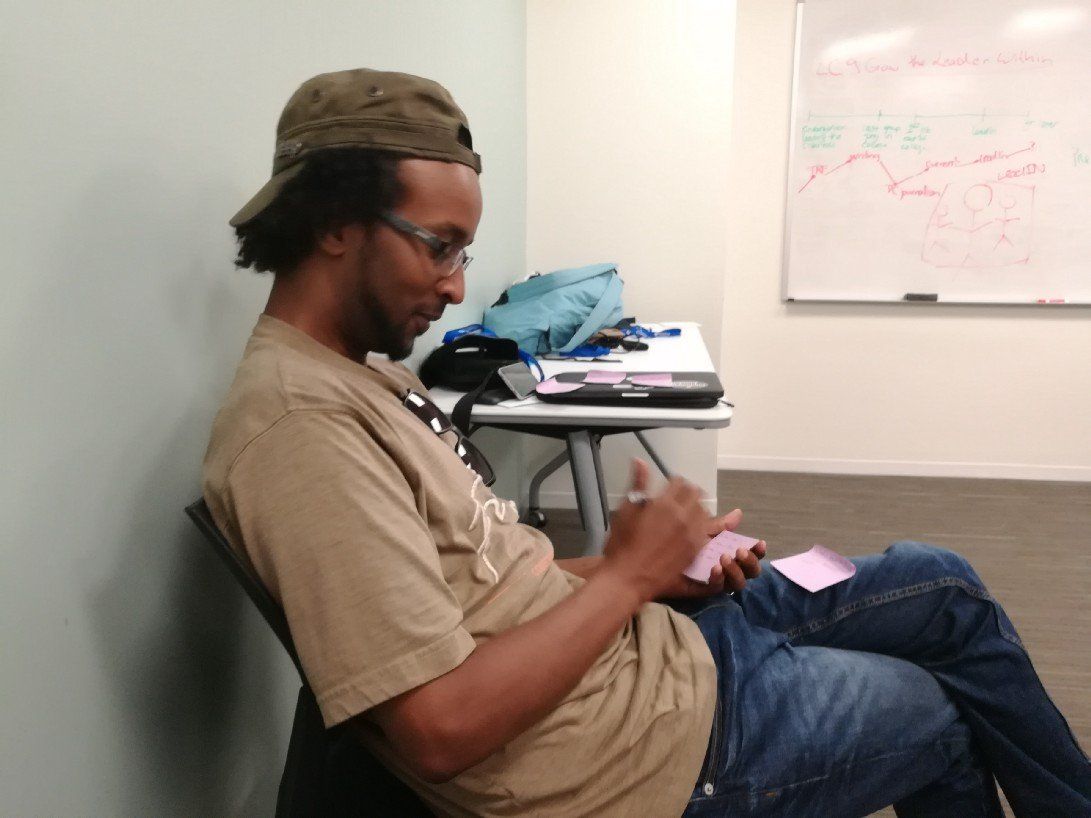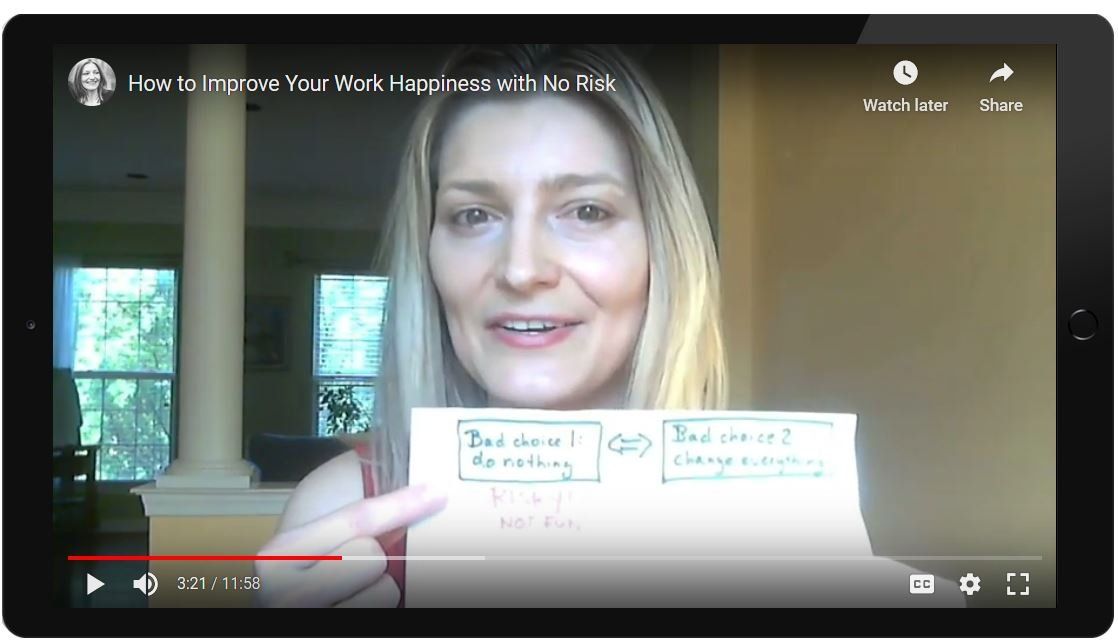How to Create Your Goal Attainment Plan in 4 Simple Steps
It's time to create a goal attainment plan, even if you're still not clear about your goals.Let’s assume that you haven’t yet decided on what you want to do, have, and be
this year.
Perhaps
it seems too challenging to decide which goals are really worth
pursuing. Or maybe what holds you back is that you don’t know
how to create a plan for making that happen. 😕
That’s okay! I’ll
walk you through what my friend Moe did over the last week. Moe’s a
self-described “people enabler turned service designer” who moved to
Dubai a while ago.
That’s him:
Once you see how easy it is, you can follow along with Moe as he continues shifting from intention to action.
If you remember, last week’s article differentiated between Have, Do, and Be goals. So, here’s what Moe came up with:
- Moe’s Have Goal is to purchase an Aikido suit.
- Moe’s Do Goal is to practice Aikido.
- Moe’s Be Goal is to be a badass (just kidding, we made that one up for him because he needs some time to decide on his Be goals. Our point here is that it’s totally okay to not have everything figured out right now.)
Okay, so far so good. But what do we do with that? It’s time for…
Prompt # 2: Concretize your goals for the year ahead
This week, we'd like to encourage you to concretize your goals for the year ahead.
STEP 1: Pick a Do Goal
Since Have Goals are generally transactional or one-time, we’ll have you (and Moe) pick one goal from the Do side.
Now, one of Moe’s many Do Goals was to practice Aikido. We’ll use that one going forward.
STEP 2: Specify your Do Goal
The first thing we need to specify is whether the goal is a one-off event or an ongoing habit.
For instance, my own Do
Goal of traveling to Southeast Asia in 2019 is a one-off event.
Moe’s Do
Goal is an ongoing habit. (He doesn’t just want to practice Aikido once and then never again… at least hopefully.)
- If it’s an event, decide by when you want to do what.
→ For instance, for me, it could be: “By March 2019, I will have spoken to my parents about when they’re traveling to these countries and I will have looked into flights with my husband.”
- If it’s a habit, define how often you want to do
it and when you want to start it. If you’re not yet sure how much you
want to commit to it, you could specify a smaller commitment.
→ For instance, Moe could put it like this: “I want to visit the dojo* at least three times before I commit to buying a suit, and I will attend a practice session at least three times before I will even let myself entertain the idea of not going anymore.” (* = Aikido training facility)
STEP 3: Specify your Do Goal’s requirements
Next, specify the requirements for making your Do
Goal happen.
For
instance, reading a book requires you to have a library card (or a
Kindle), and the reading (doing) requires that you carve time and space
to read. 📚
Moe knows that he doesn’t like new situations. To
prepare himself for them, he usually absorbs as much information to
ensure he’s not at a disadvantage (read: he doesn’t want to look like an
idiot).
So here’s what he decided to do:
- He’ll watch some YouTube videos to understand the terms.
- Moe will also check the schedule for classes that are near his home.
- Next, he’ll commit to a date that doesn’t compete with other priorities.
- And he’ll attend!
(Now he has to do it since he shared it with all of you! We want photos, Moe!)
STEP 4: Specify which (if any) social support is necessary for achieving your Do Goal
To use Moe’s example, he serendipitously found a dojo in Dubai to practice Aikido in (lucky him!).
Now, all he has to do is ask people he knows whether they already attend the dojo or know anyone that currently attends.
4 simple steps and the goal was already a bit clearer for Moe, and hopefully for you, too, if you followed along.






